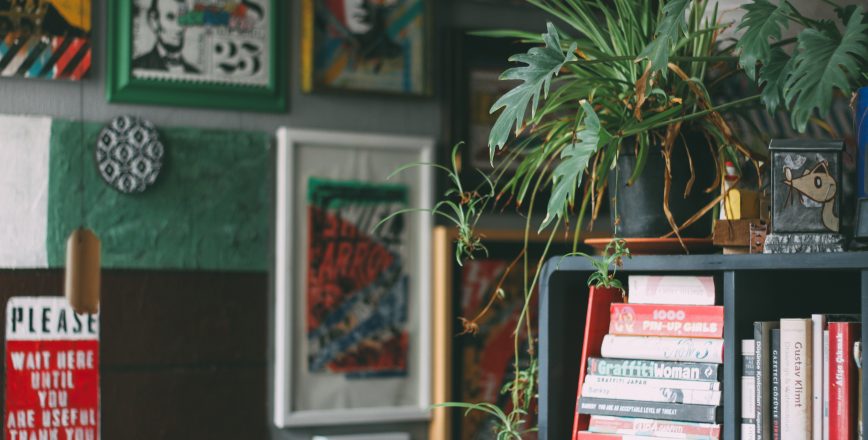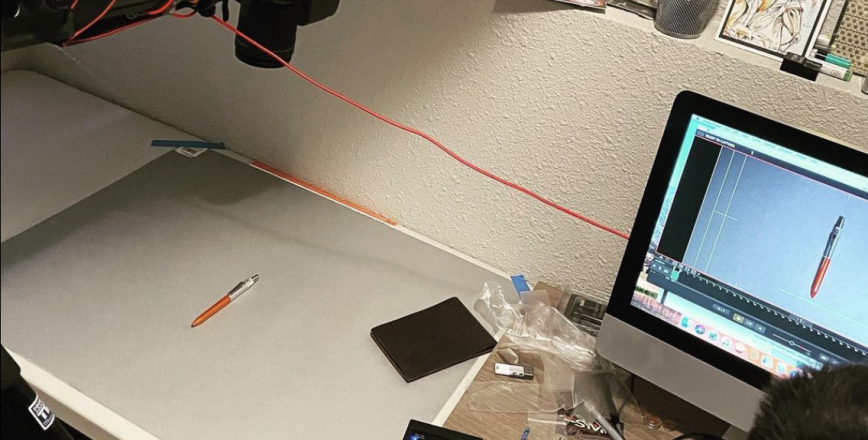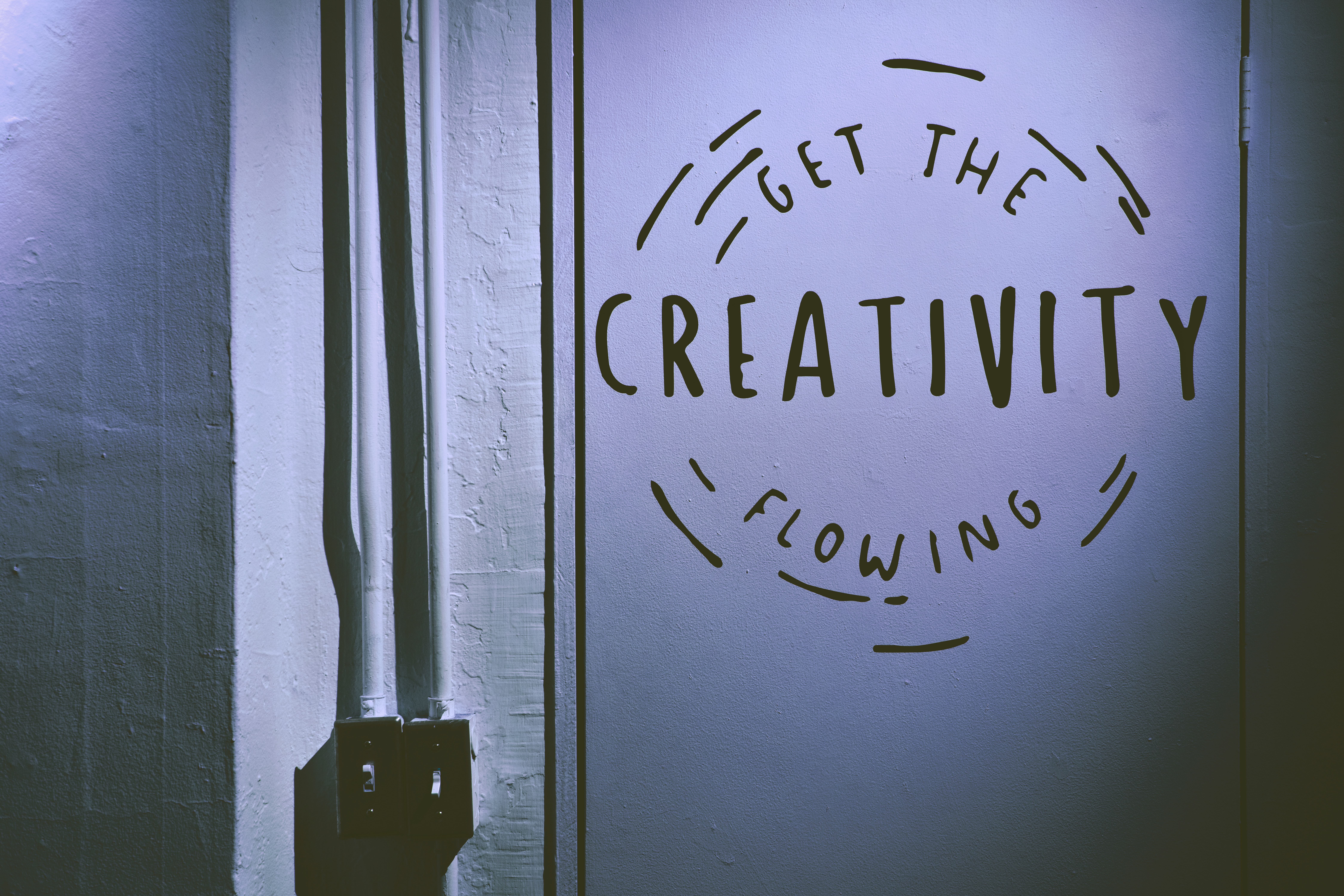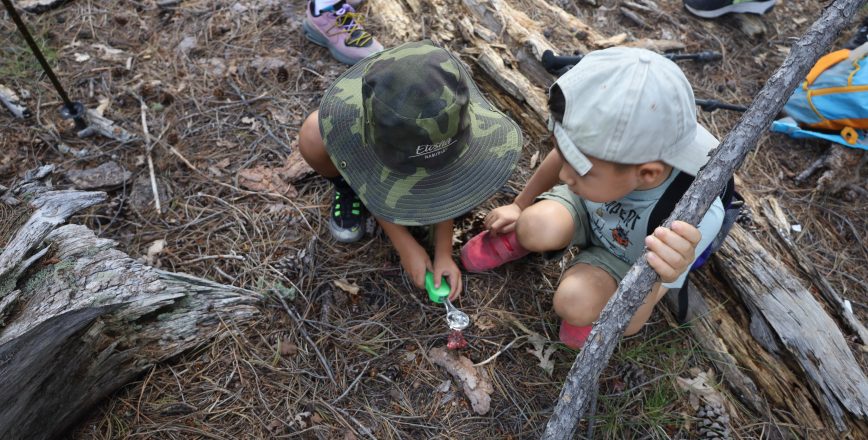Most of the time I meet new people, I get asked the same question, ‘What is it that you do?’ which does not bother me in any way; on the contrary, it is an opportunity to expand the conversation and share why a creative consultant is an essential partner for businesses and organizations. With many job titles in the creative and tech industry, I understand; it can be challenging to comprehend what a person does. Rock Star Designer? Pixel Ninja? Creative Consultant? LOL! Yes, I know, our little ego—we love to sound and look different, but we also are passionate about making a difference!
Read MoreCreativity
All posts in this category.
Stop-motion animation is a technique that has been used for over a century to bring inanimate objects to life on screen. This unique animation style has been used to create some of the most iconic films and commercials of all time, and it continues to be a popular choice for brands looking to promote their products in an engaging and memorable way. In this article, I will explore the benefits of stop-motion animation for brands and their products, and why it continues to be a valuable tool in the world of advertising.
Read MoreIn the last two years, our society has experienced many changes that have forced us to pivot our human behaviors in many aspects. We have adapted and learned to function and navigate new environments in many ways: such shifts require us to be creative and have a problem-solving attitude, and it has been such a beautiful experience to see how exercising creativity is helping us to make the best of this transitions we are having, which made me think about the implementation of creativity in every business.
Read MoreI’ll be lying if I said I do not have mixed feelings about Ai art generator Midjourney. Last month I experienced Midjourney for the first time, which was quite interesting and scary. As I mentioned in my previous post, it was an amazing-threatening-scary experience. It’ll be interesting to hear what are the founders’ thoughts and the direction they want to take with this project. I suppose they are trying to feed the machine and learn more about how people use Midjourney to explore creativity for now, or who knows…
Even with mixed feelings, I think it is a great technology that will help creatives reduce production time in some areas of design/creativity, allowing creatives have more time to do what they love. However, although Ai art generators may help creatives or anybody to create concepts in a few seconds using only text prompts, I think it is important not to forget about nurturing creativity as humans.
Read MoreLast month there was too much commentary online about the Artificial Intelligence (Ai) art generators that are coming out, or at least that is what the social media algorithm told me. It only took me a couple of interactions with the algorithm to start bombarding me with relative content to Ai art generators, and there are some great discussions about the subject.
As a new technology, for most artists and creatives, it feels like a threat to the industry; for the rest, it is a great tool to improve workflow and reduce production and conceptualizing time. After reading more in deep, I could not keep out of the loop and give it a try to experience in my own skin.
Read More




